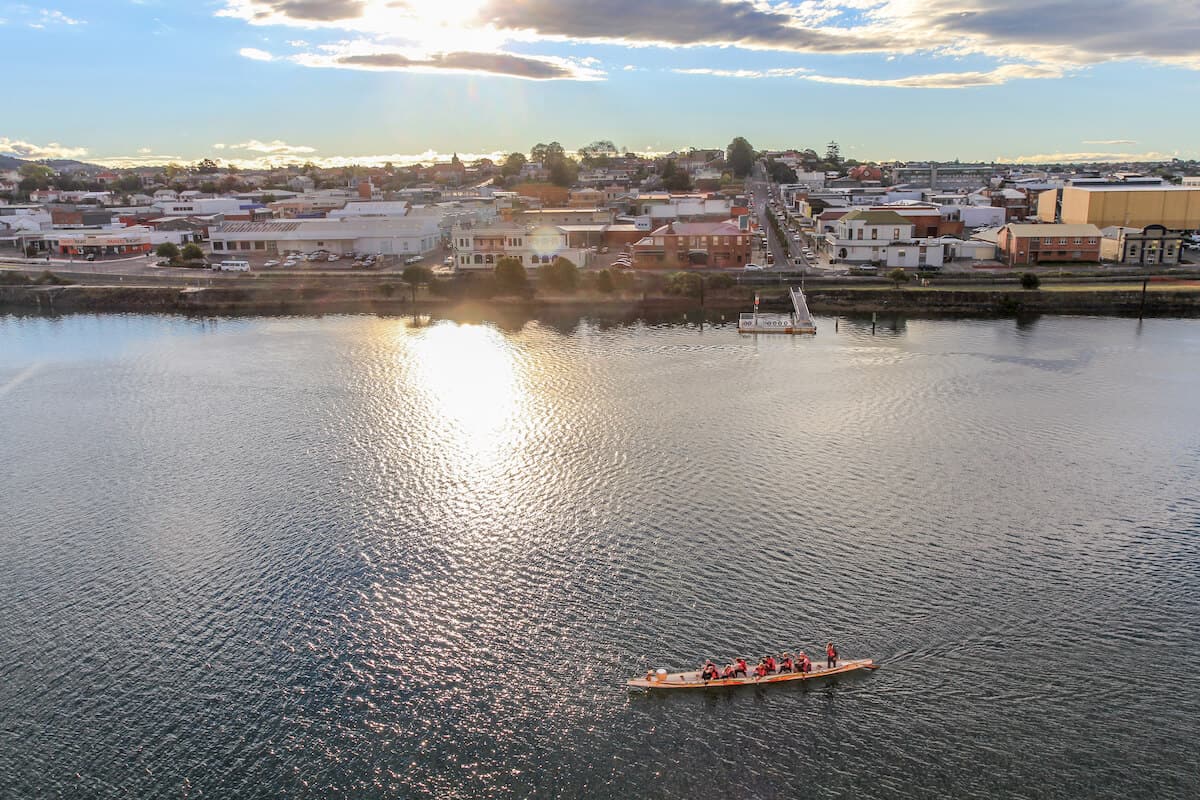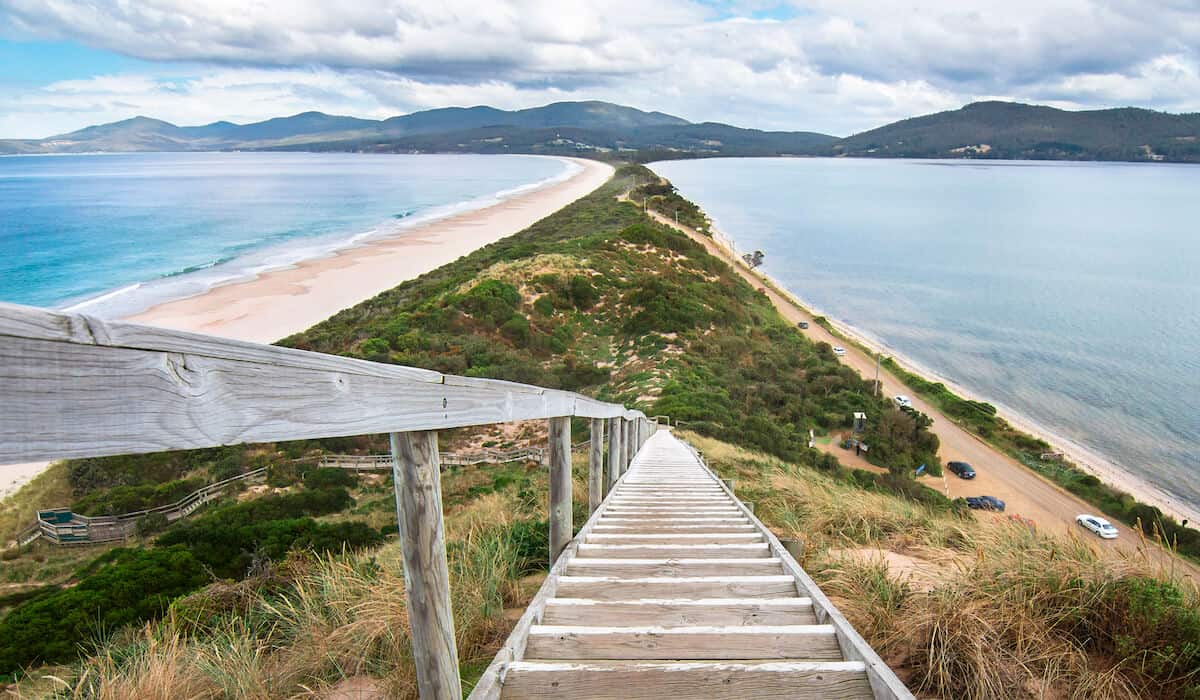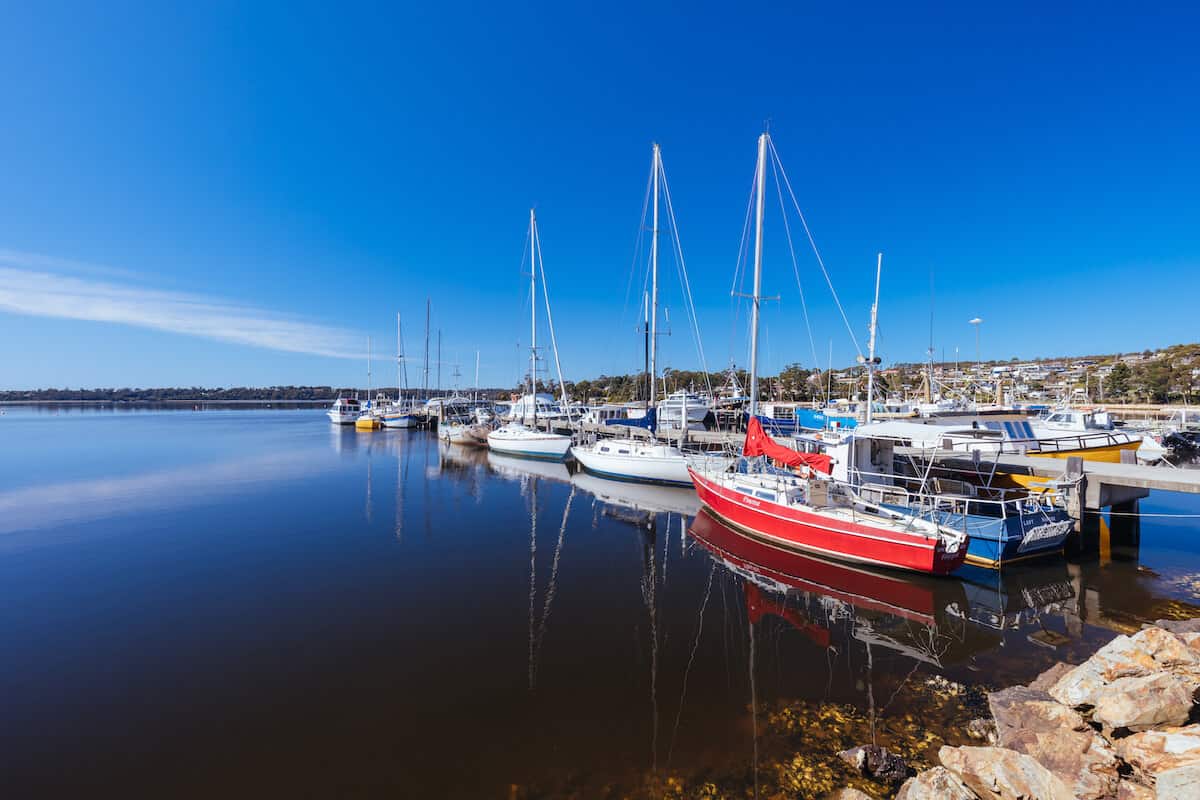Why choose Australia
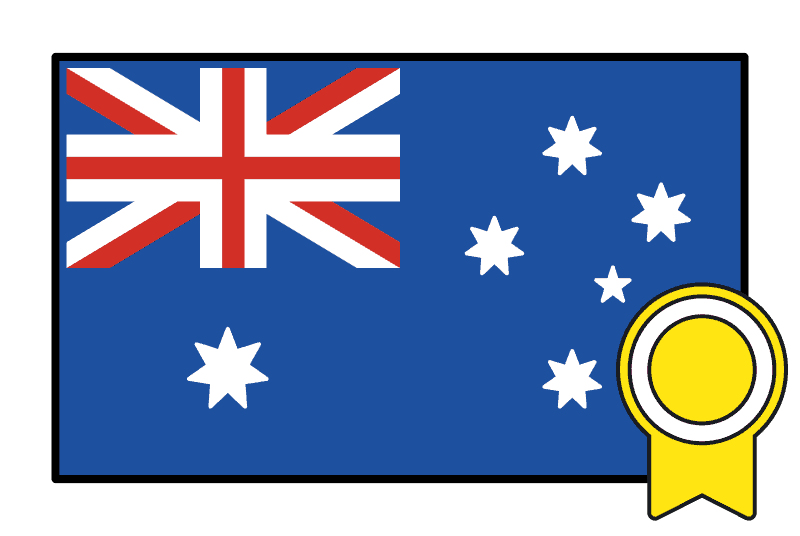
Top 10 most livable cities in the world
Welcome to Australia, a serene and free haven celebrated for its vast landscapes, spacious living, and an escape from the hustle and bustle of urban life. Immerse yourself in a lush environment, surrounded by greenery and self-sufficiency in food production, offering a bounty of fresh and healthy culinary choices. Australia is more than just a destination; it’s a world-class hub for education, creating an optimal setting for the growth of future generations.

Tranquil Living Spaces
Nestled in the heart of the southern hemisphere, Australia boasts a landmass of approximately 7.68 million square kilometers—6,890 times larger than Hong Kong. With a population of around 26.9 million, experience the luxury of spacious living in a country bordered by the ocean on all sides. Enjoy a moderate climate, with temperatures ranging from a comfortable 15 degrees celsius in winter to a delightful 30 degrees celsius in summer. Our commitment to green spaces and environmental conservation ensures a breath of fresh air and a clean, vibrant atmosphere.

Exceptional Education
Embark on an educational journey in Australia, home to nearly 42 universities and over 230 vocational and technical colleges, all federally overseen and regulated. Internationally recognised qualifications, coupled with the presence of Nobel Prize laureates, reflect the world-class standards of our institutions. In the 2024 Times Higher Education World University Rankings, Australian universities secured six spots among the top 100 globally.

Holistic Welfare Protection
Experience the warmth of Australia’s reputation as a “welfare state,” where the government extends support and benefits across various segments of society. From pensions, compensation funds, and retirement benefits to family subsidies and childcare allowances, our comprehensive welfare system cares for its residents. The hallmark of our commitment is the universal healthcare system, offering free hospital care, access to doctors, and medication subsidies for permanent residents.

Robust Economic Landscape
Step into economic stability, as Australia stands as the only developed country to achieve 27 consecutive years of economic growth since Australia’s last recession. Flourishing agricultural and livestock industries, coupled with a resilient mining sector, showcase our nation’s economic prowess. Abundant natural resources contribute to Australia’s self-sufficiency, allowing us to weather economic storms with stable domestic demand.

Cultural Harmony
Australia thrives on cultural diversity, home to over 200 ethnic groups and a Chinese population exceeding 1.4 million. Embracing inclusivity, our government actively promotes policies of racial equality, ensuring that citizens from every cultural background are eligible for government welfare programs. Join our vibrant community where diversity is celebrated, and all are welcome.
Australia’s States & Territories
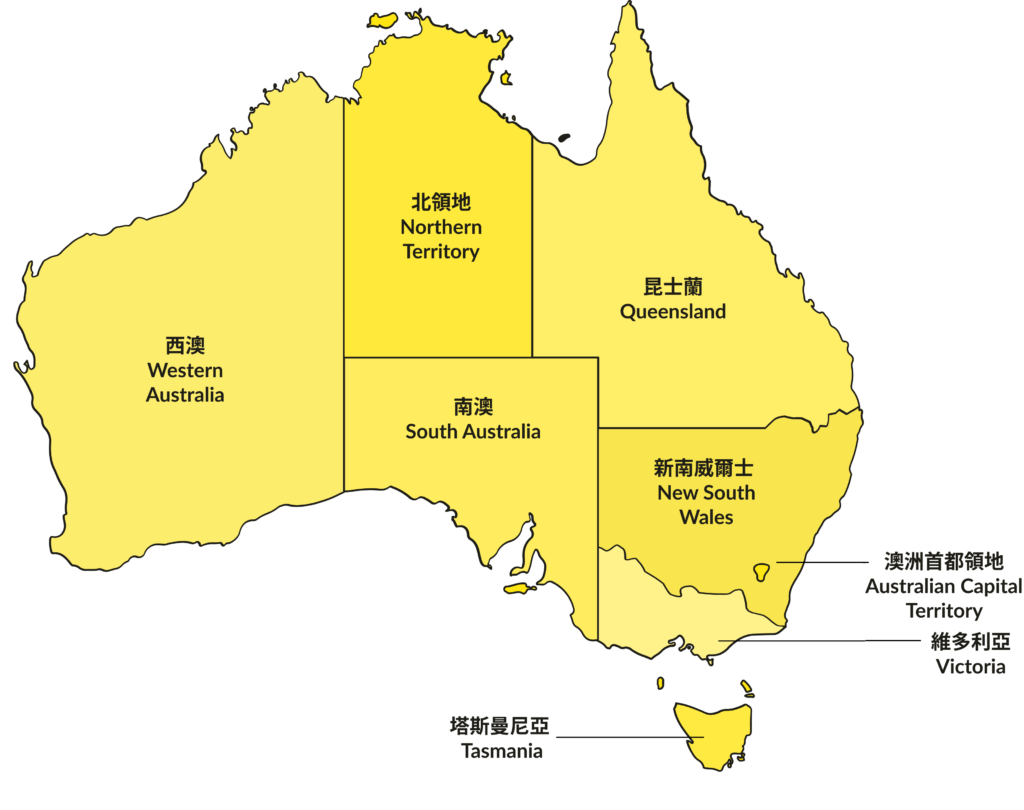
States/Territories in Australia
New South Wales
Capital City – Sydney
Australia’s vibrant hub of sophistication and innovation, Sydney, stands as a global financial center adorned with iconic landmarks such as the Sydney Harbour Bridge and Opera House. Boasting the highest median house price in Australia, New South Wales combines urban dynamism with cultural richness. Sydney’s historical hosting of international events, including the 2000 Olympics, reflects its global significance. Experience the elegance of New South Wales, where tradition and modernity converge in a captivating urban landscape.
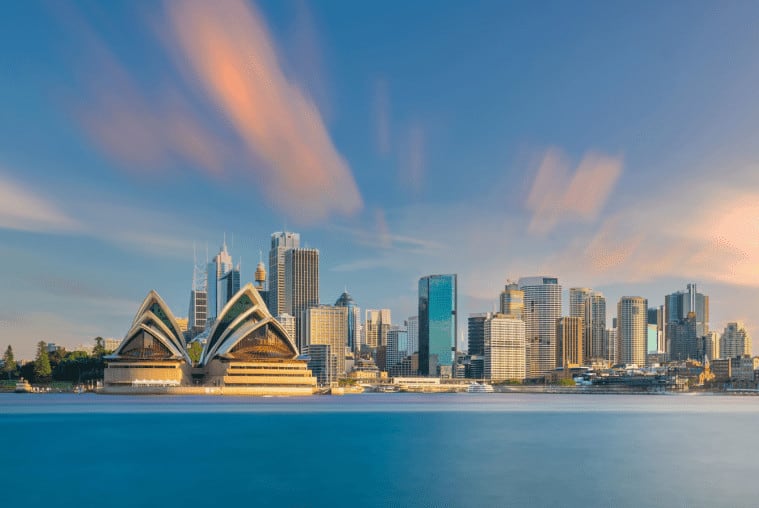
Victoria
Capital City – Melbourne
The cultural heart of Australia is anchored by its capital city, Melbourne. Repeatedly recognised as the “world’s most livable city,” Melbourne boasts cultural diversity, a modern urban landscape, and a friendly atmosphere. Often dubbed the “Garden City,” Melbourne is a global sports hub, hosting prestigious events like the Australian Open, Formula One Grand Prix, and Australian Rules Football. As the birthplace of Australian Rules Football, Melbourne also hosts the iconic Melbourne Cup in November, known as the “race that stops a nation.” Experience the best of culture and sports in the dynamic city of Melbourne, Victoria.
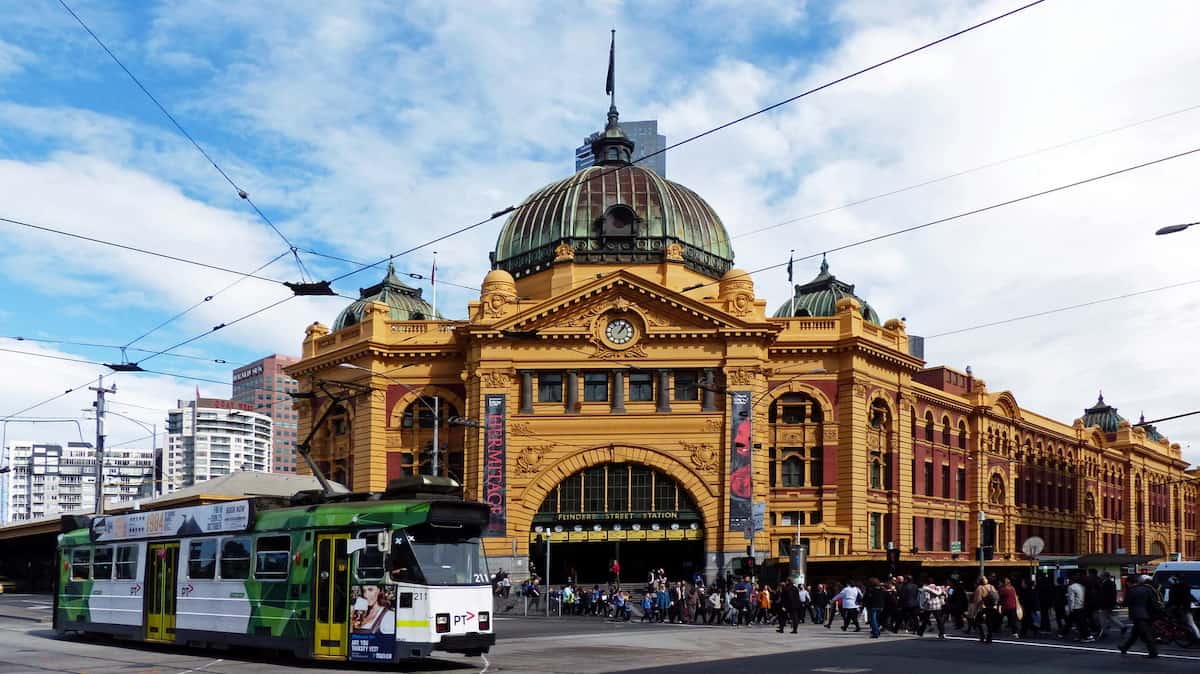
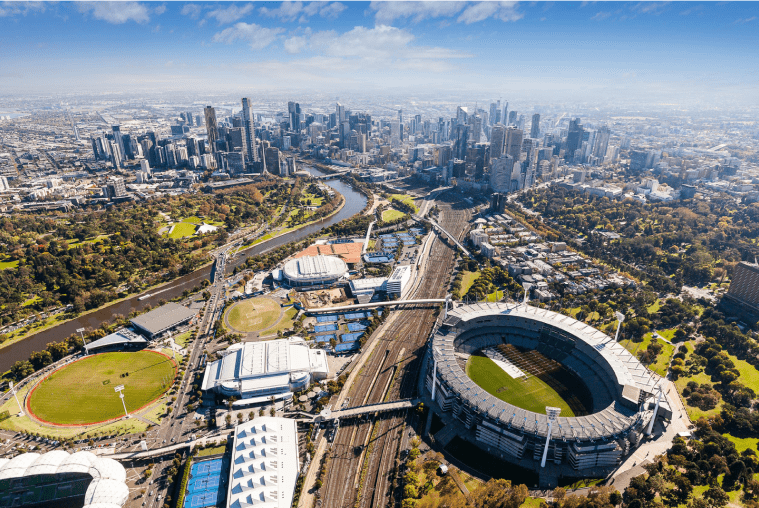
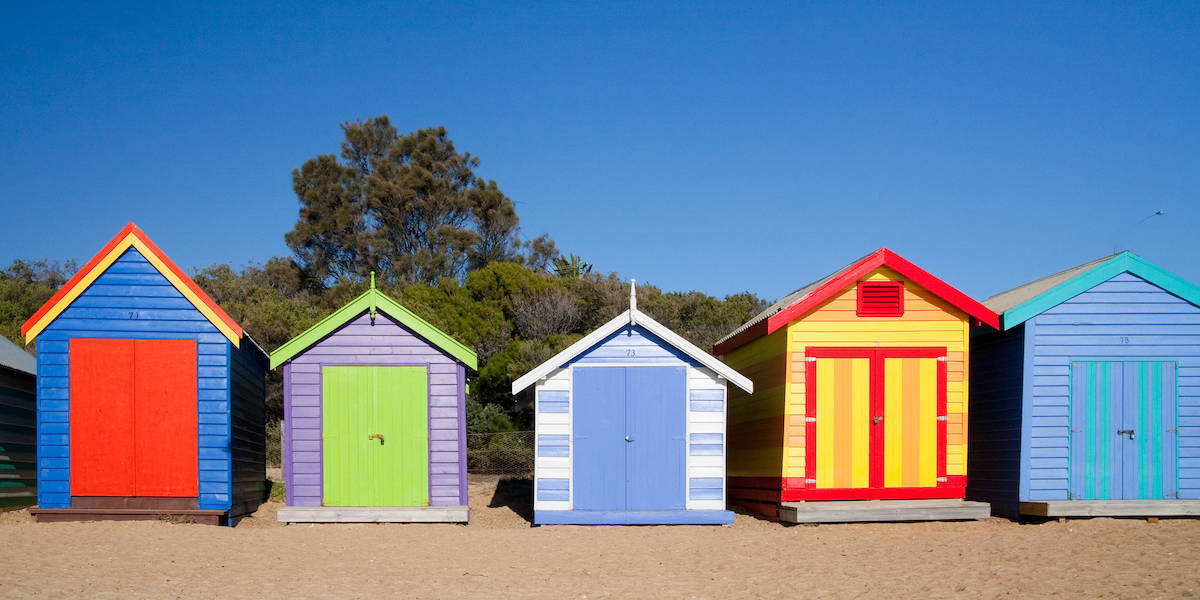
Queensland
Capital City – Brisbane
Known globally as the “”Sunshine State”” and Australia’s top destination for interstate migration, Queensland has increasingly attracted residents from Hong Kong and Taiwan in recent years. Queensland offers a sun-soaked paradise with pristine beaches and a warm climate. Brisbane, the capital city, enjoys a winter sun with average temperatures ranging from 22 to 25 degrees Celsius—perfect for outdoor activities and water sports. As one of Australia’s major cities, Brisbane is rapidly evolving into an international metropolis, comparable to Sydney and Melbourne. With ongoing infrastructure development and the exciting opportunity to host the 2032 Olympics, Brisbane’s economic stature is steadily rising. Explore the vibrant allure of Queensland, where sunshine, beaches, and economic dynamism come together.
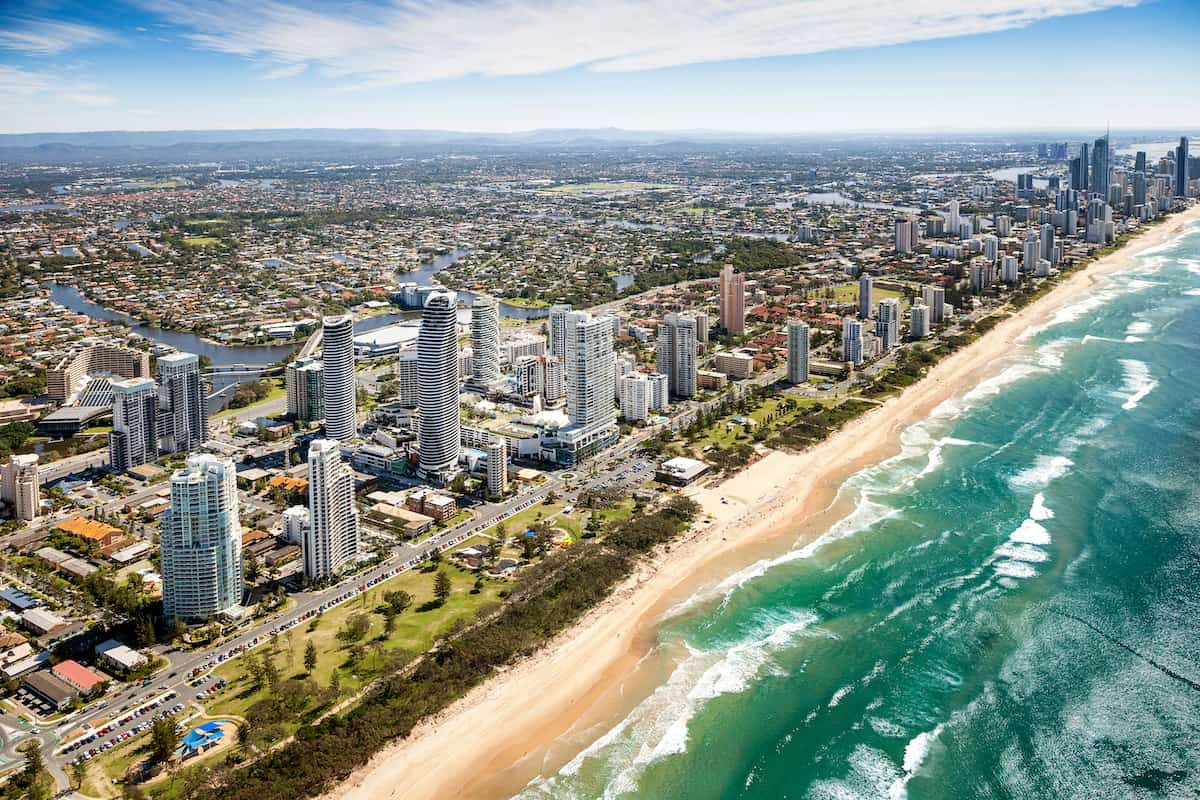
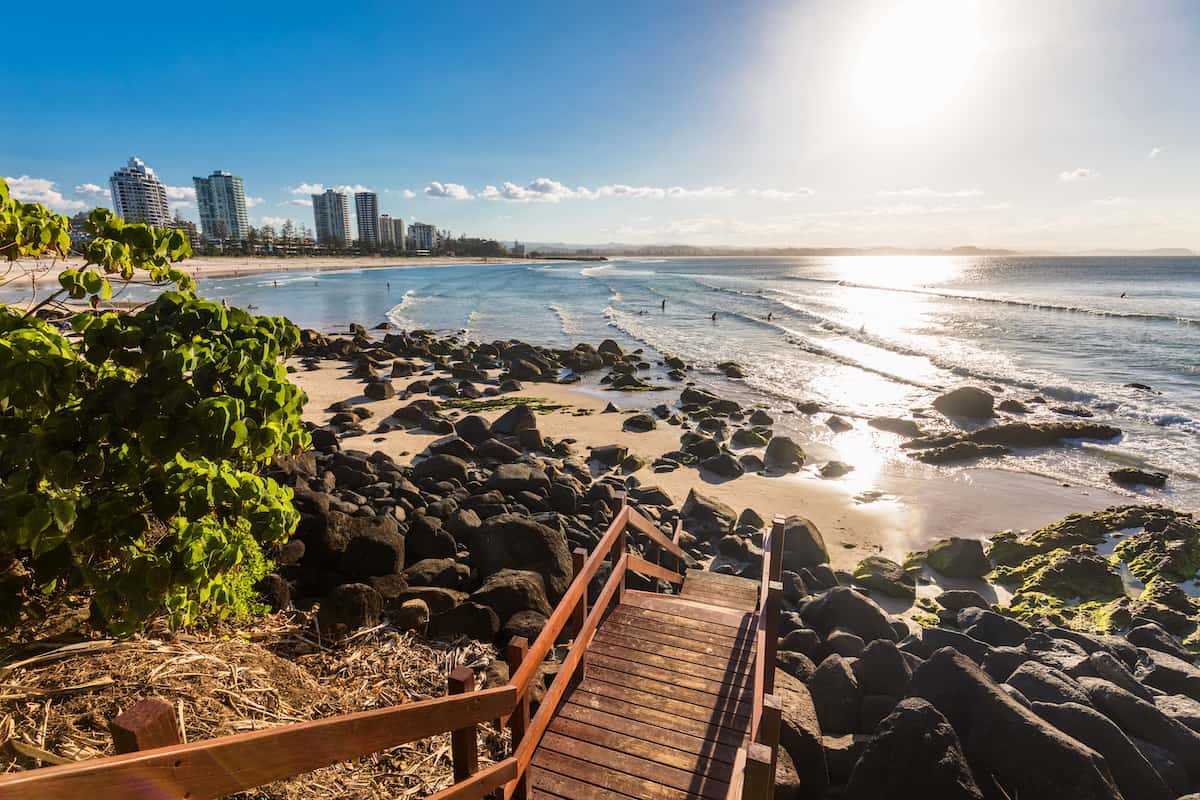
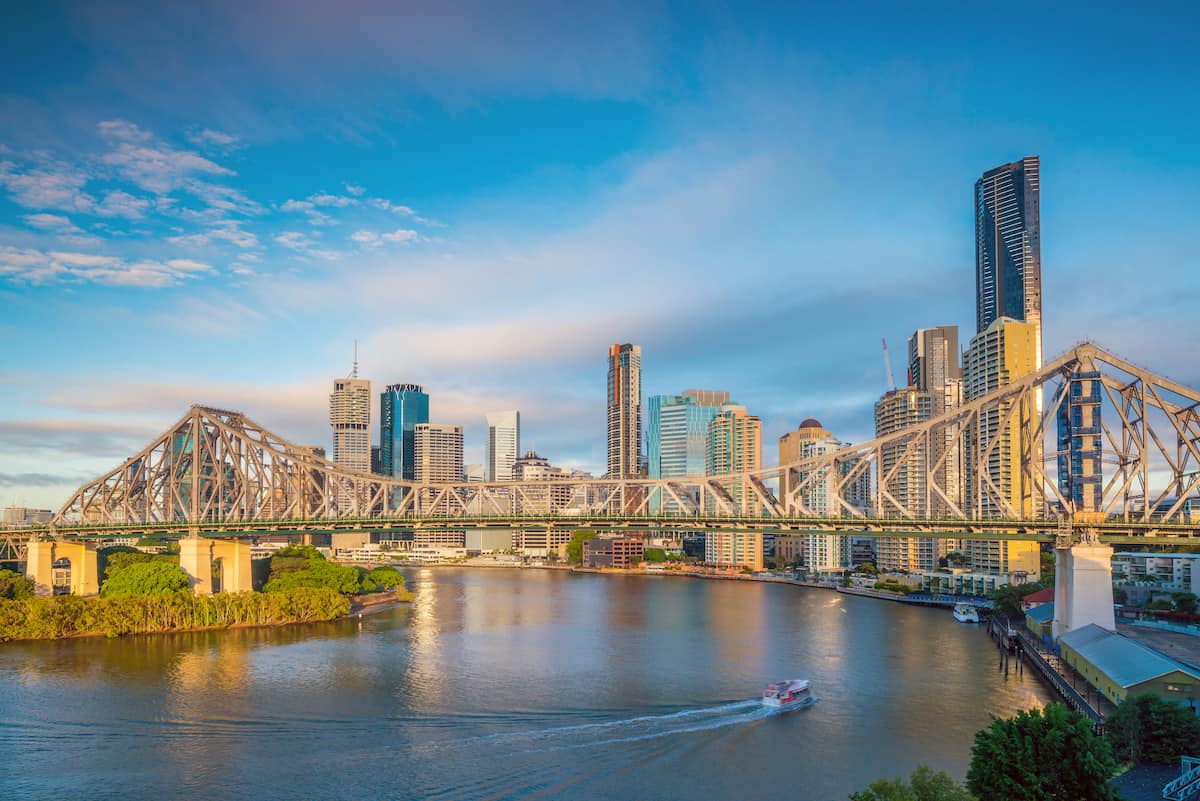
South Australia
Capital City – Adelaide
South Australia (SA) is situated in the southern part of central Australia, renowned for its stunning coastlines, acclaimed wineries, and historic townships. The state boasts a vibrant arts scene, earning it the moniker of the “”Festival State,”” hosting over 500 events and festivals each year. Adelaide, its capital city, stands out as one of Australia’s few planned cities, characterised by grid-like streets and minimal traffic congestion. Adelaide is a significant hub for the defence industry and is slated to become the home of the Australian Space Agency in the near future.
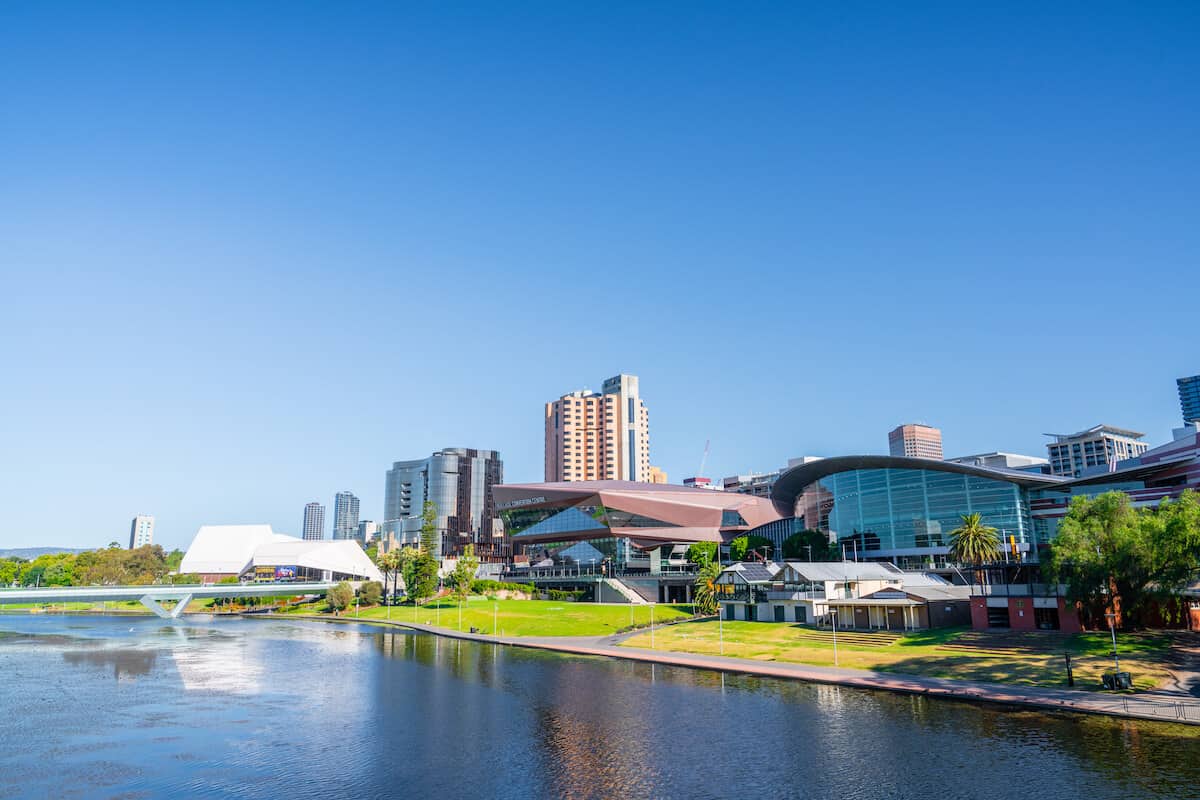
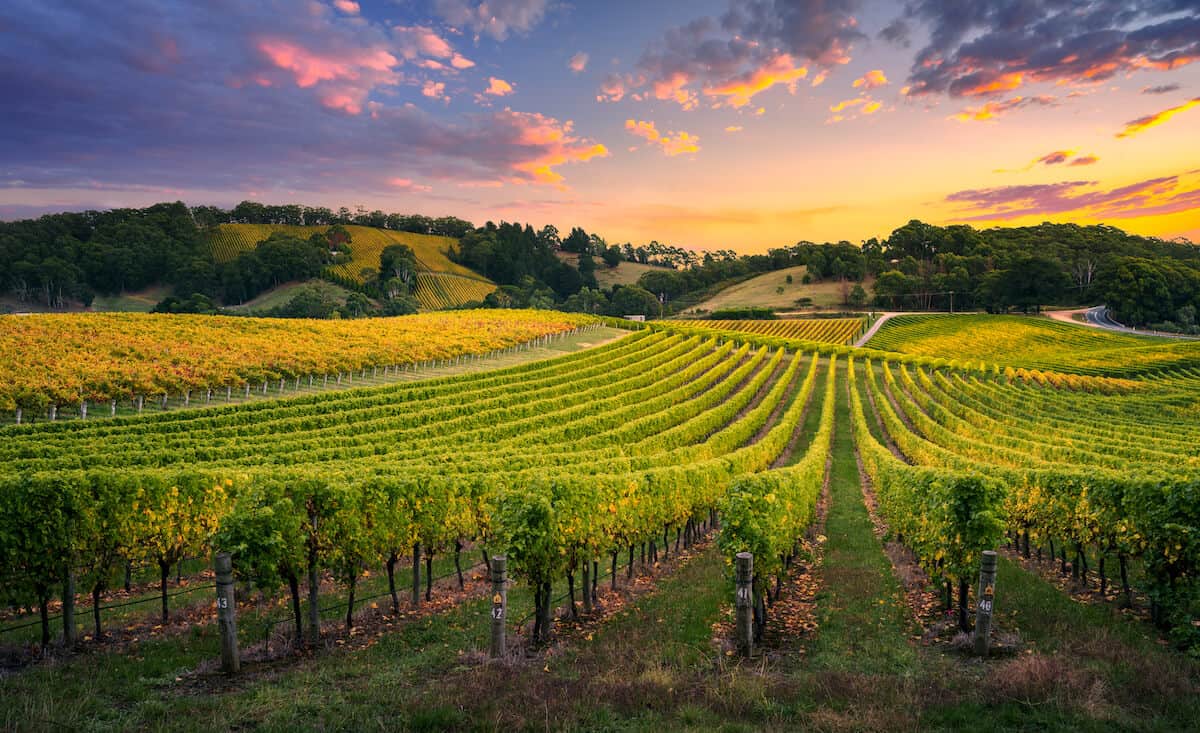
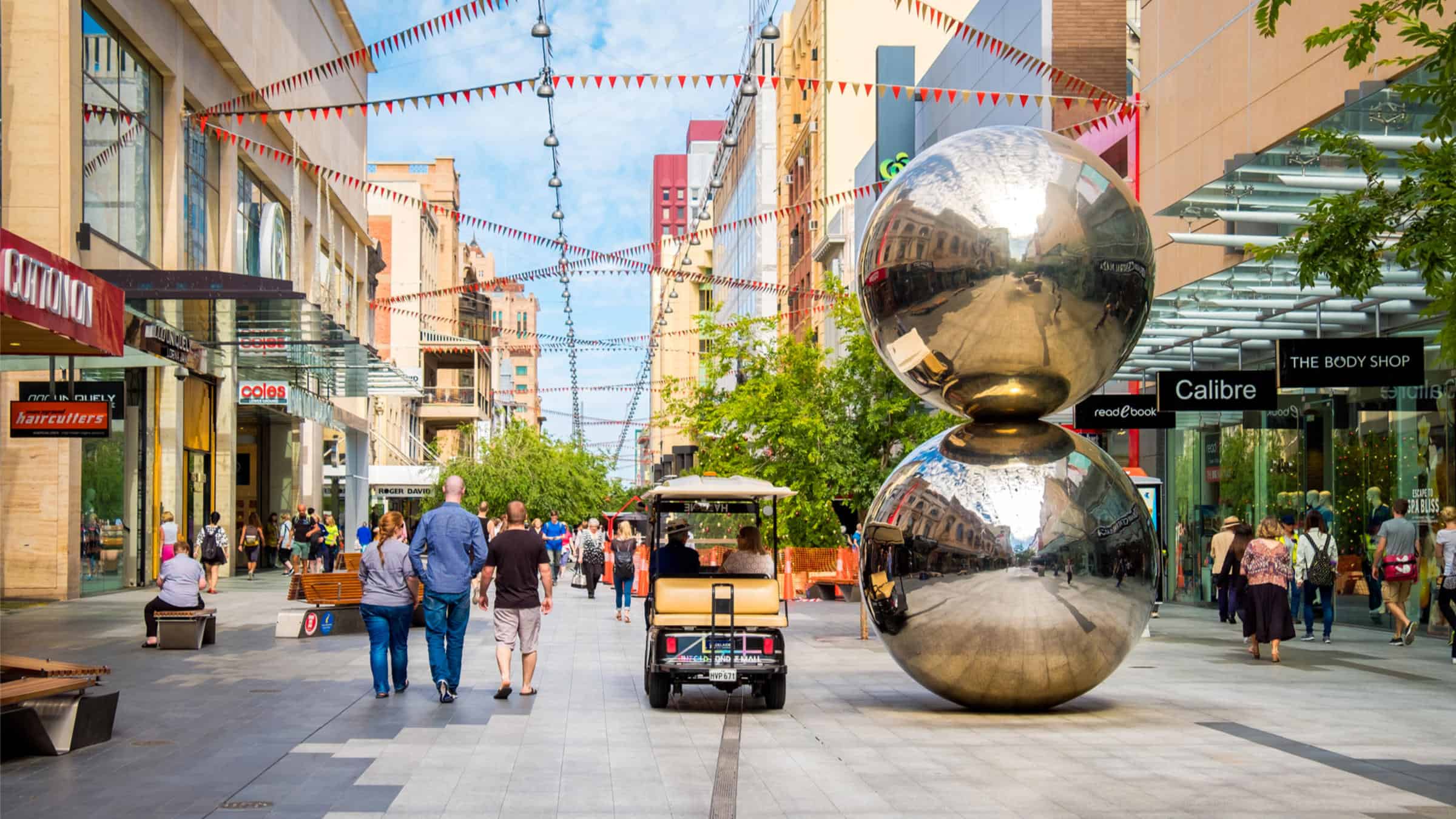
Australian Capital Territory
Capital City – Canberra
As Australia’s capital city, Canberra serves as the nation’s political hub and hosts a wealth of cultural institutions. It is home to some of Australia’s most significant national landmarks, including Parliament House, diplomatic missions, the High Court of Australia, the Department of Home Affairs, and the headquarters of the Australian Bureau of Statistics. Canberra’s population is predominantly composed of public servants and government officials, contributing to the city having the lowest unemployment rate in Australia. Reflecting its status as the capital, Canberra also boasts one of the highest average incomes in the country, with weekly wages averaging up to AU$1,983, surpassing major cities like Sydney and ranking first nationwide.
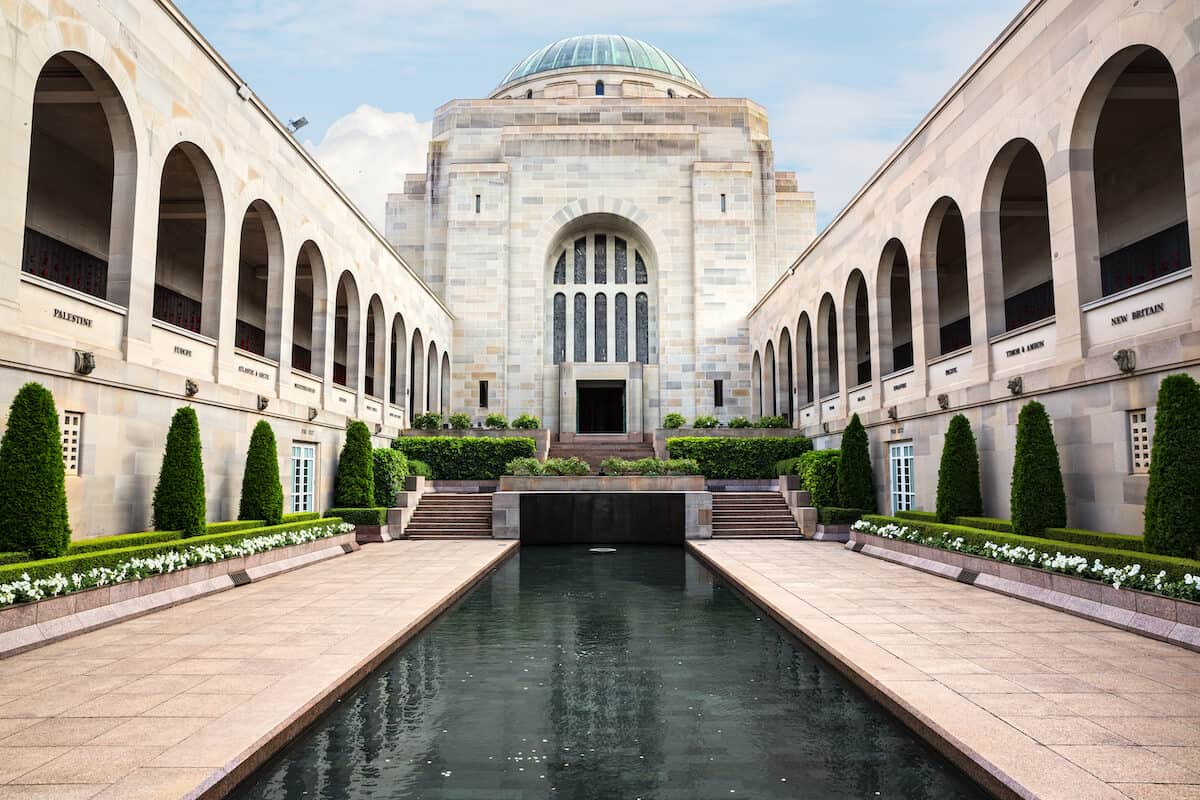
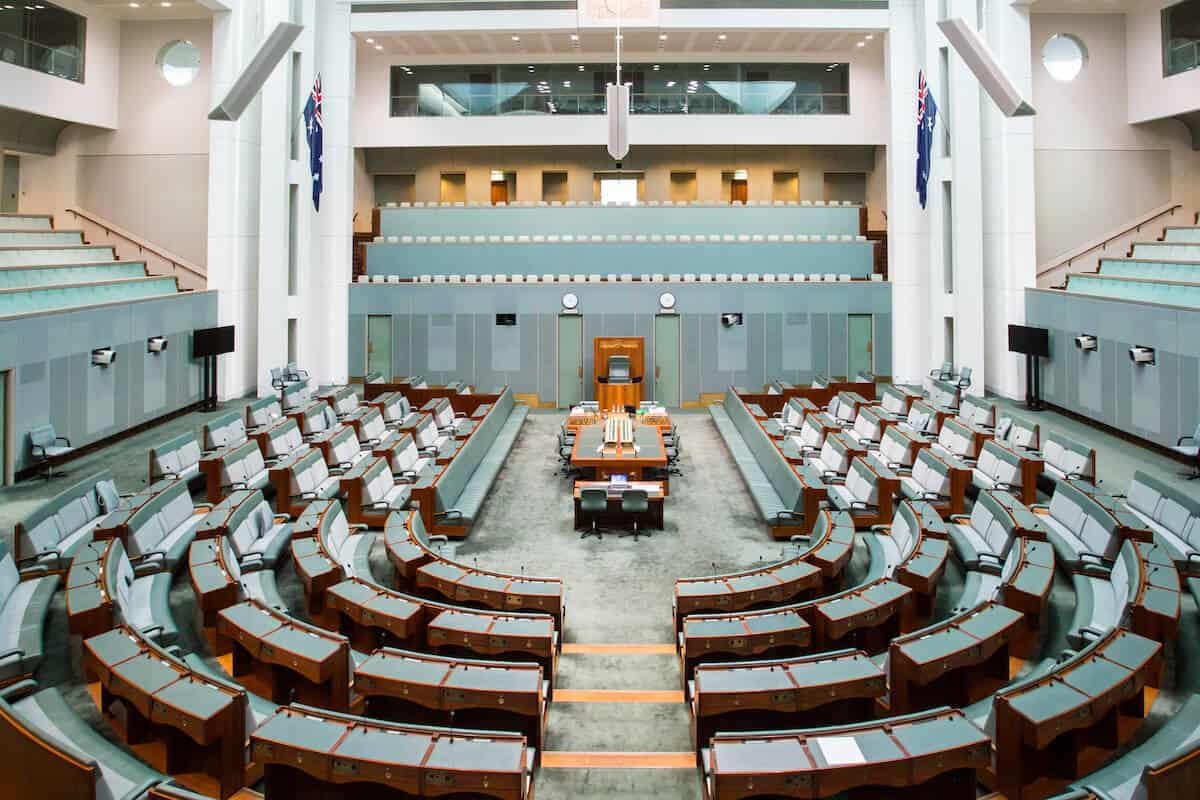

Western Australia
Capital City – Perth
Western Australia is the largest state in Australia, renowned for its expansive landscapes, serene beaches, parks, and fresh seafood, particularly in its capital city, Perth. Perth, both the capital of Western Australia and the nation’s fourth-largest city, enjoys a Mediterranean climate on the west coast of Australia. This climate blesses Perth with mild weather and scenic vistas along the Swan River, making it a highly sought-after destination for tourists. Western Australia is rich in natural resources, boasting significant coal and metal deposits. Many mining and mineral-related industries are centered in Perth, which is a major global hub for mineral production, contributing 52% to Australia’s mineral and petroleum output. Raw materials comprise 55% of Australia’s commodity and service exports.
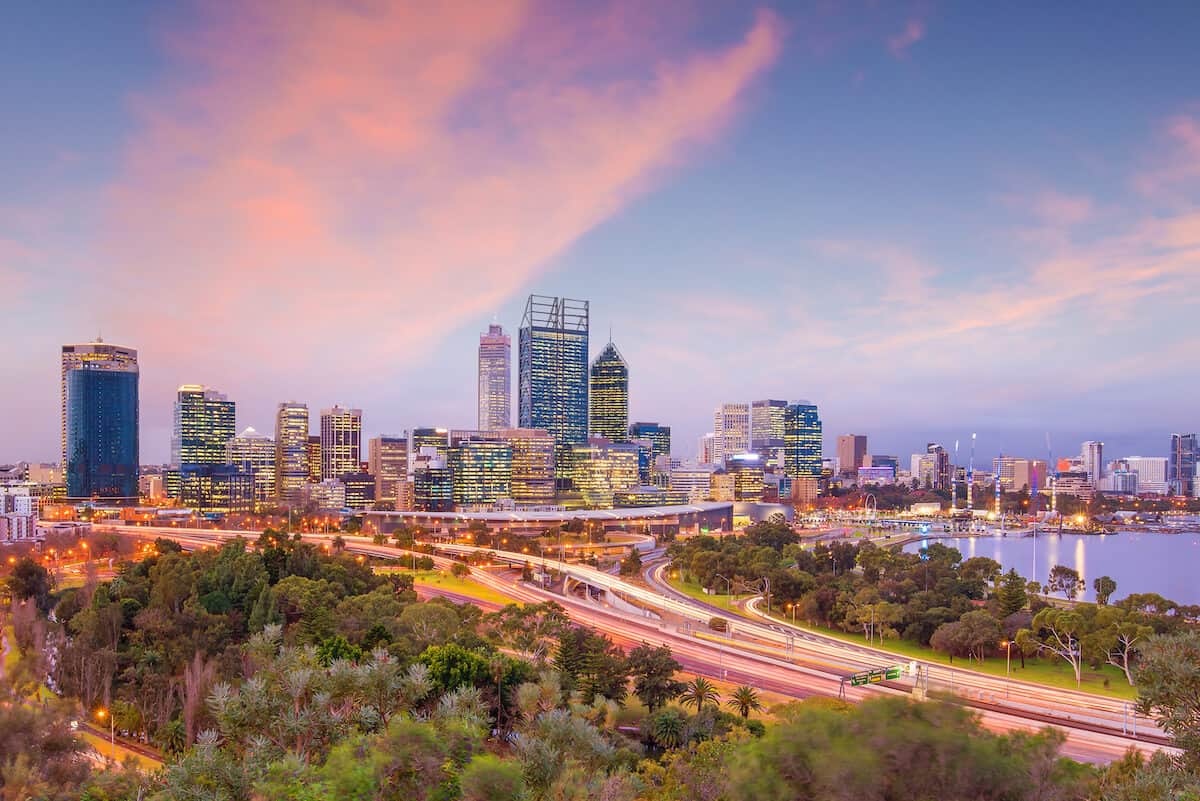
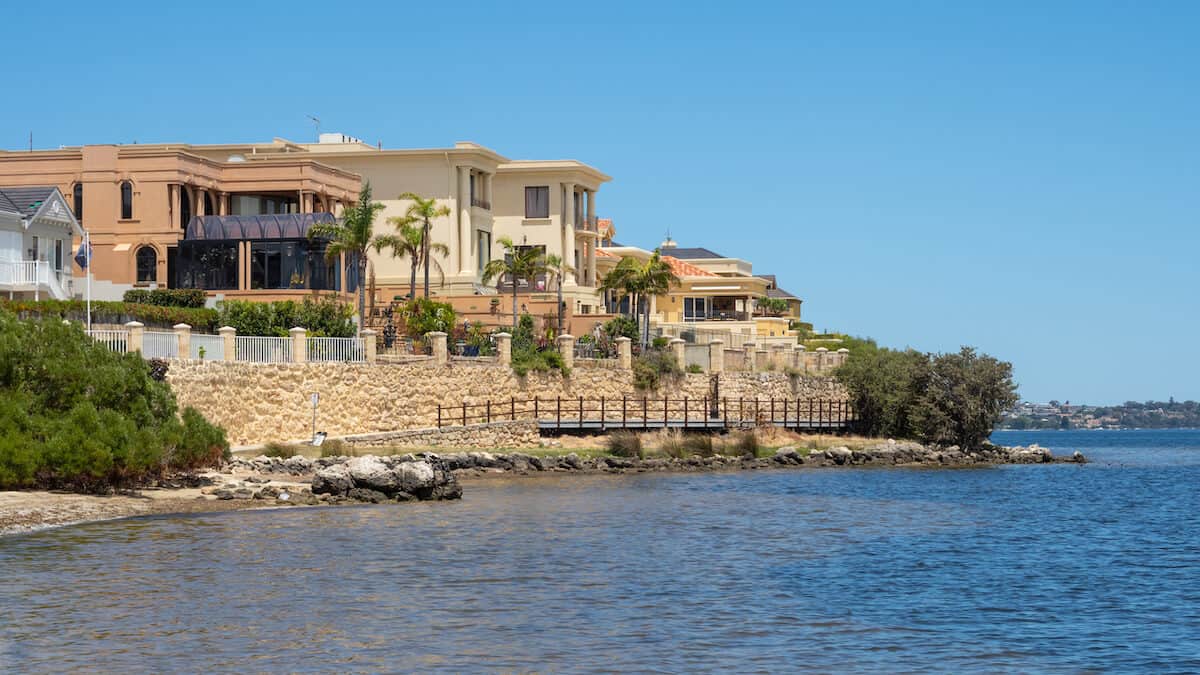
Northern Territory
Capital City – Darwin
The northernmost jewel of Australia, Darwin proudly holds the title of the “Cultural Capital of Australia.” Renowned for its vibrant cultural diversity, Darwin boasts the highest concentration of Indigenous residents in the country, earning it the nickname “Capital of Australian Multiculturalism.” Positioned as the “Gateway to Asia,” Darwin is Australia’s closest city to the continent, facilitating vital connections with other capitals and Asian regions. Enjoying a warm climate averaging between 20°C to 30°C year-round, Darwin is also a crucial military hub, home to the Darwin Barracks and supporting coastal patrol vessels along the northern coast. Discover the unique cultural mosaic and strategic importance of the Northern Territory through Darwin, a city that links Australia with Asia.
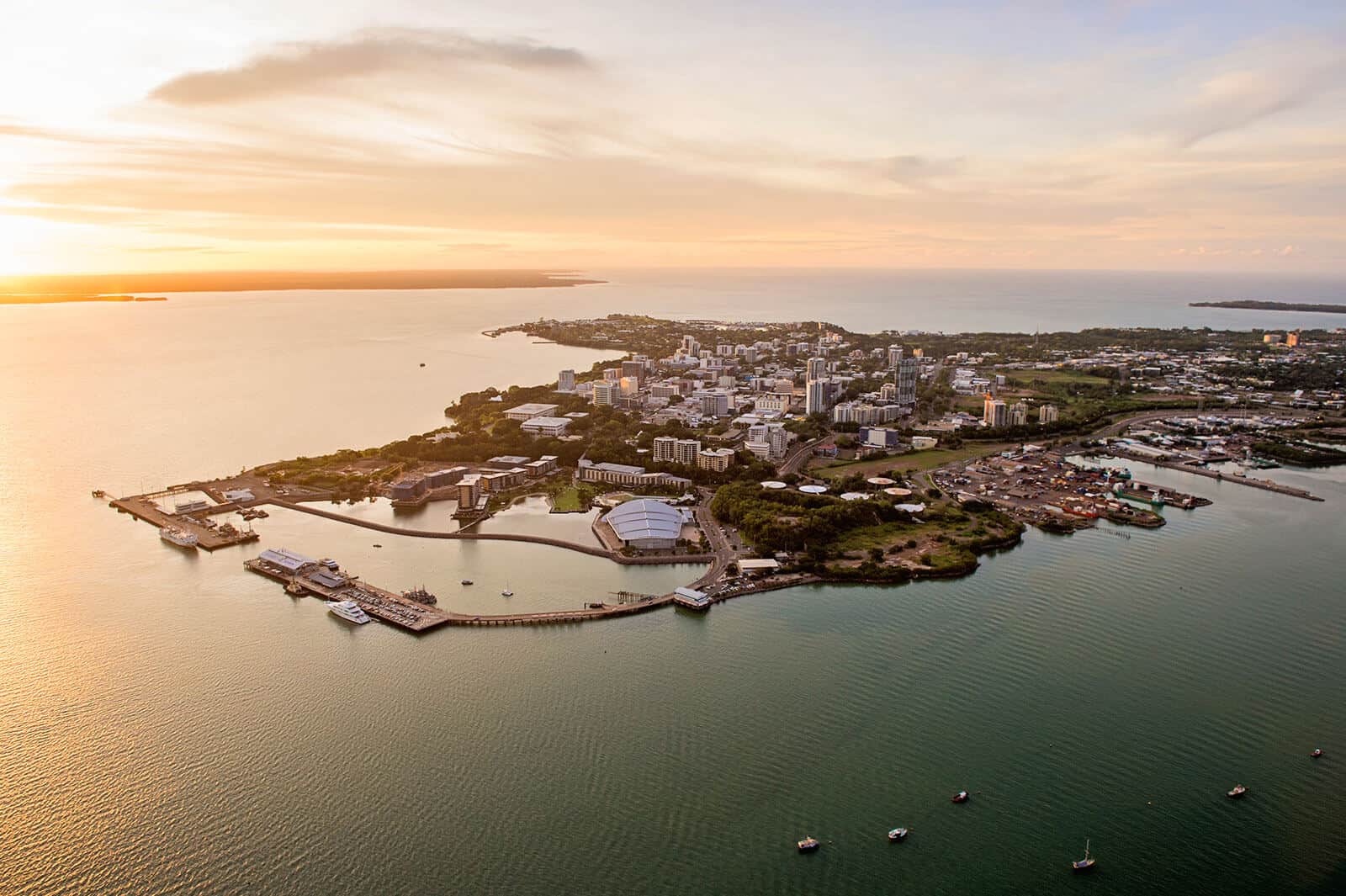
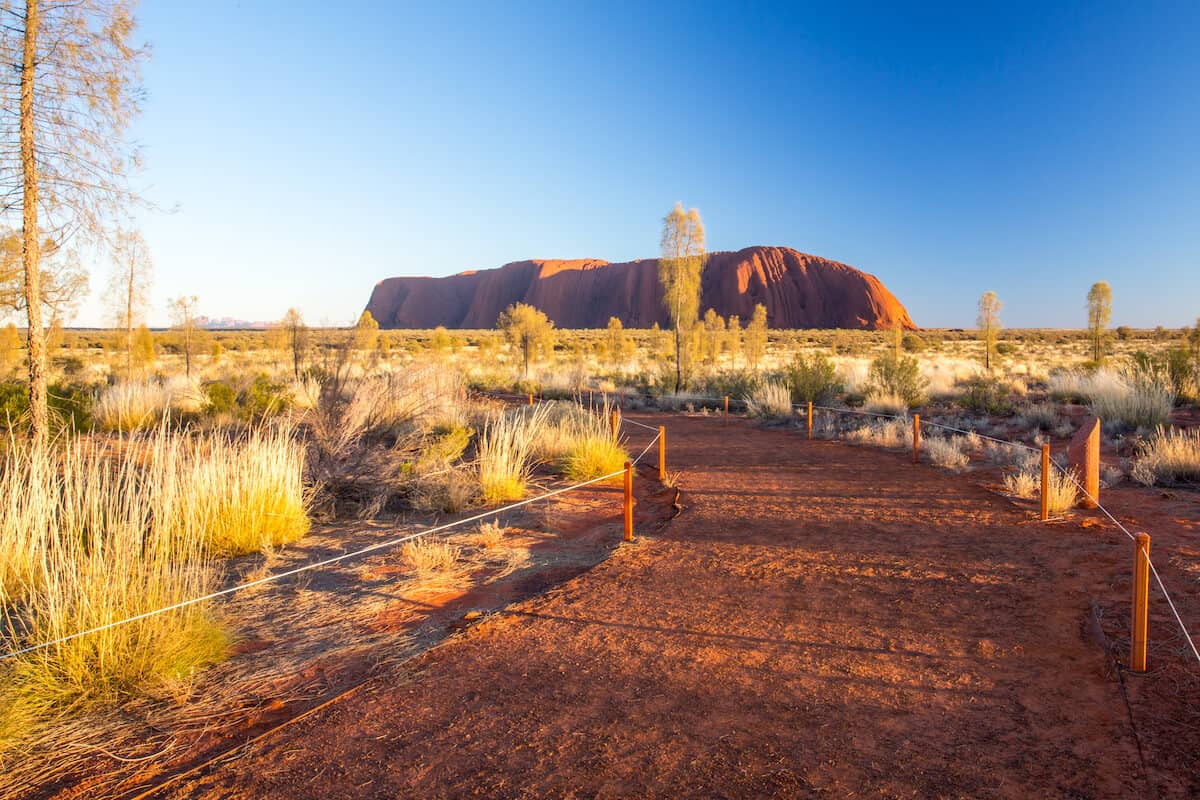
Tasmania
Capital City – Hobart
A picturesque island state separated by the Bass Strait. Hobart, the capital city and Australia’s second oldest, serves as Tasmania’s financial and administrative center. Renowned for Antarctic research, Hobart holds unique global importance. Tasmania experiences four distinct seasons with temperatures ranging from approximately 4°C to 22°C throughout the year. Unlike other regions, Tasmania observes daylight saving time, offering a distinctive lifestyle. The cost of living is generally lower compared to major cities. Known for its beautiful environment, laid-back lifestyle, sparse population, and a slower pace of life with fewer Asian residents, Tasmania provides a unique and serene island experience. Explore Tasmania’s charm, where nature and history converge to create an unforgettable escape.
